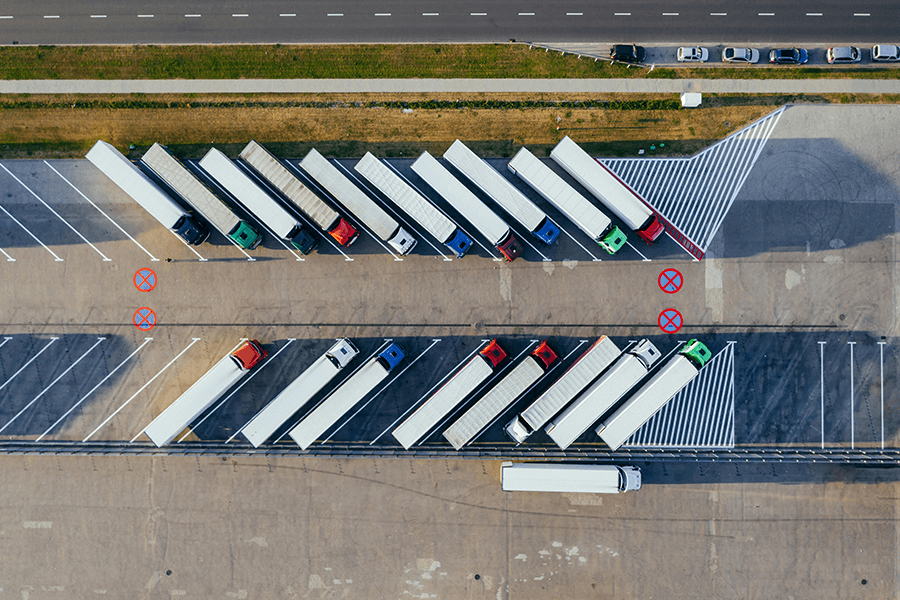Related Resources
In an era of increasing cyber threats, natural disasters, and global supply chain disruptions, business continuity planning (BCP) and disaster recovery (DR) have never been more critical. Organizations must ensure they can withstand disruptions, recover operations quickly, and minimize financial and reputational damage.
Traditional BCP and DR strategies rely heavily on predefined response plans, manual risk assessments, and periodic testing, which can be insufficient in rapidly evolving crises. Artificial intelligence (AI) is transforming business continuity and disaster recovery by introducing predictive analytics, real-time monitoring, and automated response mechanisms.
AI-driven solutions enable organizations to anticipate risks, automate incident response, and accelerate recovery times, ensuring they remain operational even in the face of unforeseen challenges.
Challenges in Traditional Business Continuity and Disaster Recovery
Organizations across industries face increasing threats that put operational resilience to the test:
- Cyberattacks – Ransomware, data breaches, and phishing attacks can cripple business operations and compromise sensitive data.
- Natural Disasters – Earthquakes, floods, and hurricanes disrupt critical infrastructure and supply chains.
- System Failures – Hardware malfunctions, software bugs, and cloud outages lead to significant downtime.
- Regulatory Compliance – Businesses must meet stringent industry regulations on data protection and disaster preparedness (e.g., GDPR, HIPAA, SOX).
Traditional BCP and DR approaches often struggle with:
- Slow incident response times – Manual assessments delay decision-making.
- Data overload – Human analysts cannot process large volumes of operational, financial, and security data in real time.
- Lack of adaptability – Predefined recovery plans may not account for new and emerging threats.
AI-driven solutions address these challenges by enabling businesses to proactively detect, respond to, and recover from disruptions faster than ever before.
How AI Strengthens Business Continuity and Disaster Recovery
AI enhances BCP and DR by providing real-time risk intelligence, automated incident response, and predictive analytics that help organizations anticipate, manage, and recover from disruptions.
1. AI-Powered Risk Prediction and Early Warning Systems
AI-driven risk prediction models analyze historical data, real-time environmental conditions, and cyber threat intelligence to anticipate potential disruptions before they escalate.
For example:
- AI can predict cybersecurity threats by identifying unusual network traffic patterns and preventing breaches before they occur.
- AI-powered weather forecasting can assess the probability of extreme weather events, allowing organizations to take preventive measures.
- AI-driven supply chain monitoring can detect early warning signs of inventory shortages, transportation delays, or vendor risks.
By anticipating disruptions, businesses can activate contingency plans proactively, reducing financial and operational impacts.
2. Intelligent Incident Response and Crisis Management
AI-driven automation ensures faster, more coordinated incident response during crises:
- AI-powered security bots can automatically detect and neutralize cyber threats before they escalate.
- AI-enhanced IT systems can detect server failures or application crashes, triggering auto-recovery mechanisms.
- AI-driven communication platforms can instantly alert key stakeholders, employees, and customers during a business disruption, ensuring clear and consistent messaging.
These capabilities eliminate human delays in incident response, allowing businesses to contain crises before they spread.
3. Automated Disaster Recovery and IT Resilience
Traditional disaster recovery plans rely on backup servers and manual failover processes, which can be slow and inefficient. AI-driven DR solutions improve resilience by:
- Identifying vulnerabilities in IT systems before failures occur.
- Automating backup and failover processes, reducing downtime from hours to minutes.
- Self-healing IT infrastructure, where AI detects system failures and automatically switches workloads to backup systems in real time.
For instance, AI-powered disaster recovery as a service (DRaaS) solutions dynamically replicate and restore critical data across multiple locations, ensuring business continuity even if the primary infrastructure goes down.
4. AI-Optimized Crisis Simulations and BCP Testing
One of the biggest weaknesses in traditional BCP strategies is the lack of real-world testing. AI enhances business continuity testing by:
- Simulating multiple disaster scenarios based on historical data and risk trends.
- Running AI-driven stress tests to evaluate how different business units respond to crises.
- Analyzing past incidents to refine BCP playbooks and emergency protocols.
By continuously testing and updating business continuity strategies, AI ensures that organizations remain prepared for new and evolving threats.
5. AI in Regulatory Compliance and Audit Readiness
Regulatory frameworks such as GDPR, ISO 22301, and the NIST Cybersecurity Framework require businesses to demonstrate BCP and DR readiness. AI simplifies compliance by:
- Automating audit documentation – AI generates comprehensive reports on business resilience, data protection, and compliance activities.
- Ensuring real-time compliance monitoring – AI continuously checks for regulatory violations and security risks, ensuring businesses remain audit-ready at all times.
- Reducing human error – AI minimizes compliance risks by automating repetitive documentation and reporting tasks.
These AI-driven compliance capabilities help businesses avoid regulatory penalties while ensuring business continuity strategies remain up to date.
Future Trends in AI-Powered Business Continuity and Disaster Recovery
As AI technology evolves, several emerging trends will further enhance AI-driven BCP and DR:
- AI-Powered Digital Twins – Simulating entire business operations to test real-time disaster recovery strategies.
- Predictive Resilience Models – AI will analyze past disruptions and industry trends to build future-proof continuity plans.
- Autonomous Disaster Recovery Systems – AI will automatically restore critical business functions with minimal human intervention.
- Edge AI for Disaster Response – AI-driven edge computing will enable localized risk assessments and real-time decision-making during crises.
These innovations will reduce business downtime, prevent financial losses, and ensure organizations can recover faster from disruptions.
AI-Powered Business Continuity: The Path to Resilient Operations
AI is fundamentally reshaping business continuity planning and disaster recovery, ensuring that companies can predict, respond to, and recover from disruptions faster than ever before. By integrating AI into BCP and DR strategies, businesses can:
- Detect risks early and activate response plans proactively.
- Reduce downtime and recover operations faster after disruptions.
- Ensure regulatory compliance with automated reporting and monitoring.
- Strengthen IT resilience with AI-driven disaster recovery solutions.
At Bronson AI, we help organizations implement AI-powered business continuity solutions. Contact us today to explore how AI can strengthen your business continuity strategy and safeguard your operations against future disruptions.





